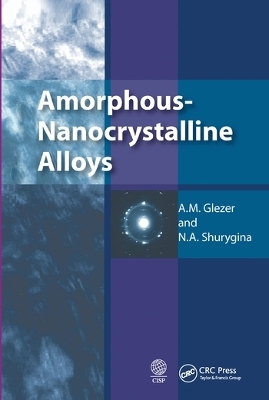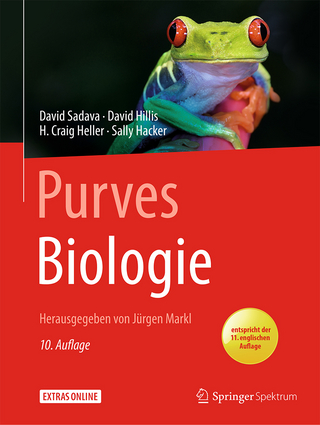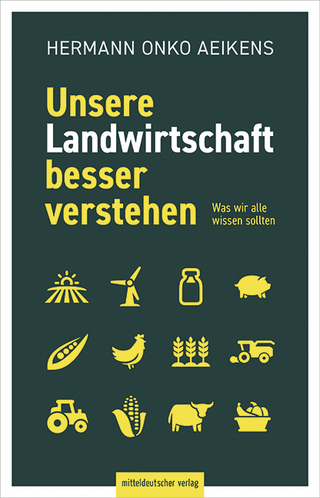
Amorphous-Nanocrystalline Alloys
CRC Press (Verlag)
978-0-367-57242-6 (ISBN)
Amorphous-nanocrystalline alloys are a relatively new class of materials born from the rapid development of new technologies and different methods of producing amorphous and nanocrystalline powders and films, compacting, melt quenching, megaplastic deformation, implantation, laser, plasma, and other high-energy methods. This book considers methods of producing these materials (melt quenching, controlled crystallization, deformation effect, and pulse treatments (photon, laser and ultrasound), spraying thin films, and ion implantation). Theoretical and experimental studies describe plastic deformation mechanisms and physico-mechanical properties. Practical applications are also presented.
A.M. Glezer, N. A. Shurygina
Preface. Amorphous metal materials. Methods for preparing. Features of the structure. Structural relaxation. Defects in amorphous alloys. .Mechanical properties. Methods of study of mechanical properties. Resistance. The plasticity and mechanisms of plastic deformation. Destruction. Phenomenon of temper brittleness. Magnetic properties. Ferromagnetism and ferrimagnetism of amorphous metals. Magnetoelastic phenomena in amorphous alloys. Nanocrystalline alloys.Classification of nanocrystalline alloys. Methods of preparing bulk nanocrystalline materials. Structure. Physical and mechanical properties. Theoretical strength and the theoretical hardness. Hall-Petch ratio and its anomaly. The structural mechanisms of plastic deformation. Disruption. Magnetic properties. Amorphous nanocrystalline alloys. Methods for the preparation of crystalline-amorphous materials. Melt quenching. Controlled curve of crystallization. Strain effect. Compacting of powders. Pulse formation processing. Preparation of thin films. Ionic implantation. The structure of alloys. Features of the transition of the amorphous state to a crystalline. state with the thermal effects. Special features of transformation of amorphous alloys to the crystalline state during deformation. Structure during compaction of powders. The structure under pulsed light annealing. Changes in the structure under the influence of the pulse laser light. The structure of amorphous-crystalline films. Mechanical properties. The mechanical properties of amorphous alloy in the early stages of crystallization. Mechanical properties in the later crystallization steps. Mechanical properties in melt quenching at a critical speed. Mechanical properties at deformation effects. Mechanical properties after pulse processing. Mechanical properties of amorphous-nanocrystalline film. Magnetic properties. The theory of magnetism in nanocrystals with strong grain interactions. The magnetic properties of the Fe-Si-Nb-Cu-B alloys ( «Finemet»). Magnetic properties of alloys after megaplastic deformation. Magnetic properties of Fe-M-B-Cu ( «Nanoperm") and (Fe, Co) -M-B-Cu ( «Termoperm") allopys. Magnetic properties of Fe-Nd-B alloys. Magnetic properties of the films.
| Erscheinungsdatum | 01.07.2020 |
|---|---|
| Verlagsort | London |
| Sprache | englisch |
| Maße | 156 x 234 mm |
| Gewicht | 453 g |
| Themenwelt | Naturwissenschaften ► Biologie |
| Naturwissenschaften ► Chemie | |
| Technik ► Maschinenbau | |
| Technik ► Umwelttechnik / Biotechnologie | |
| ISBN-10 | 0-367-57242-7 / 0367572427 |
| ISBN-13 | 978-0-367-57242-6 / 9780367572426 |
| Zustand | Neuware |
| Haben Sie eine Frage zum Produkt? |
aus dem Bereich


